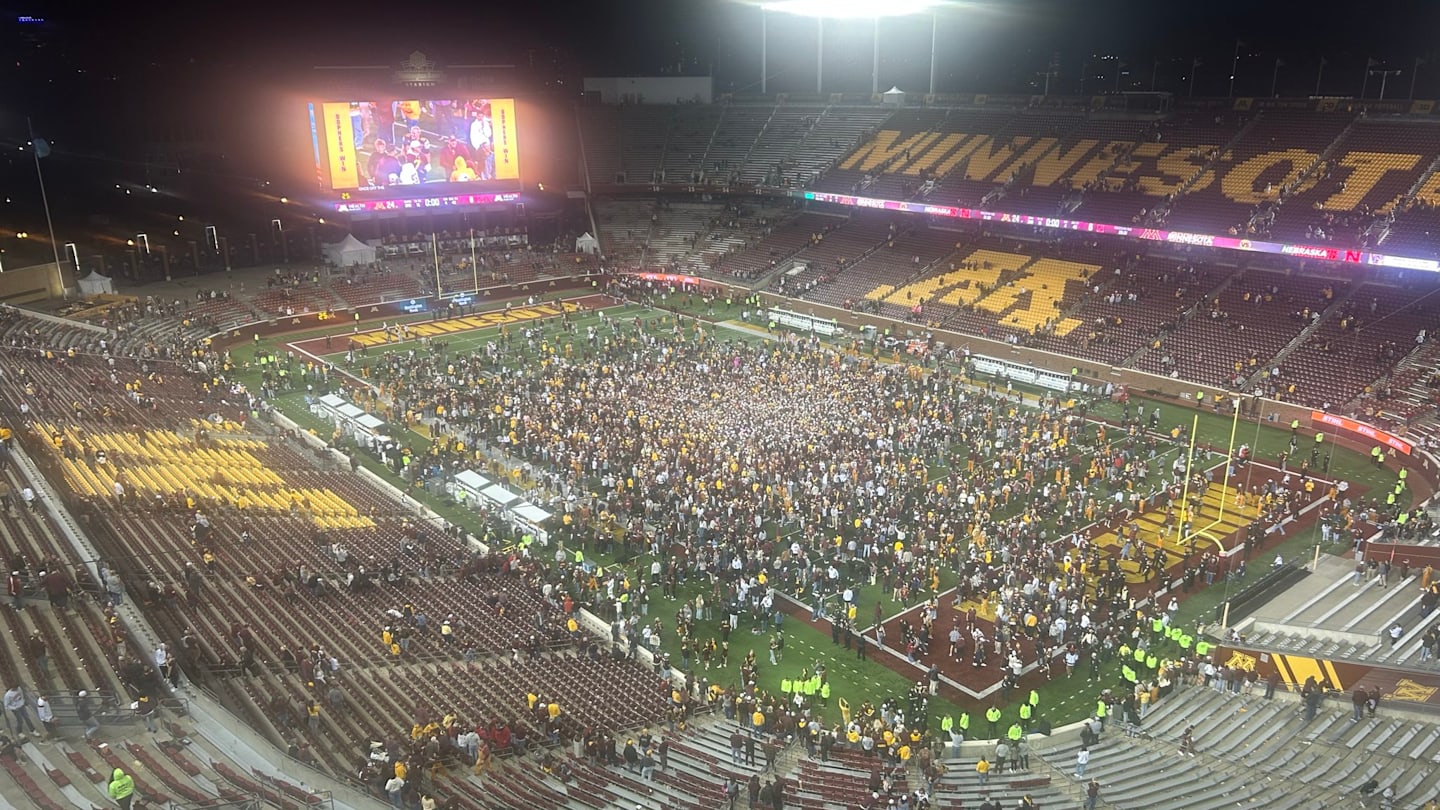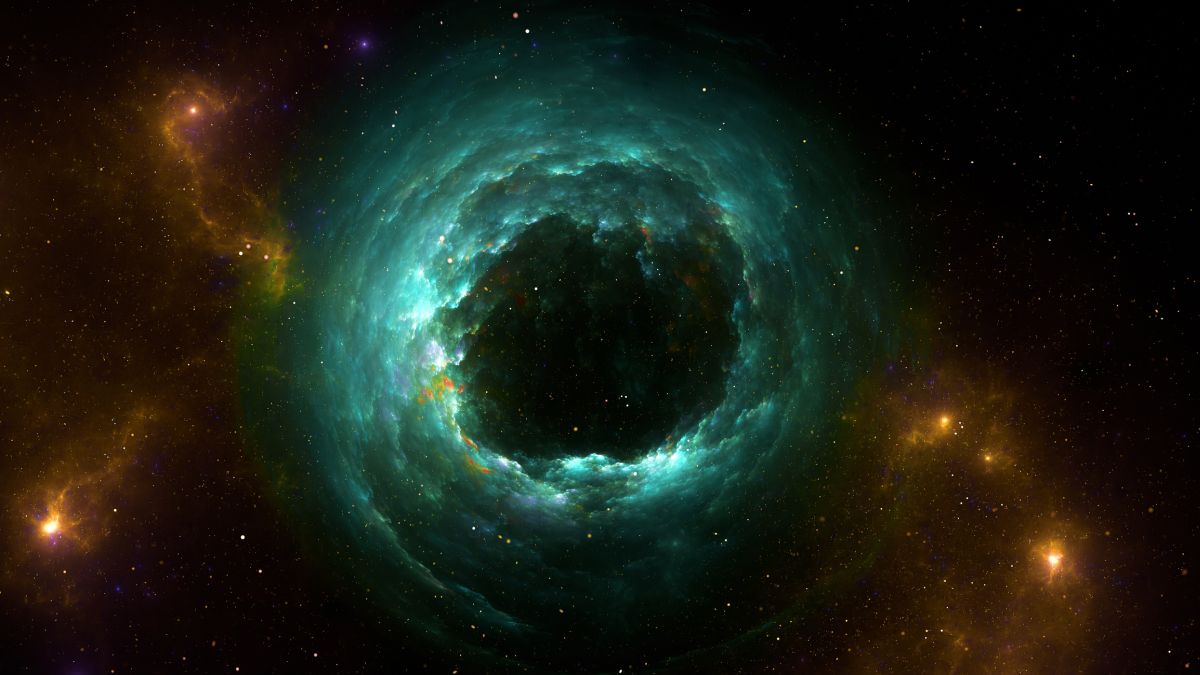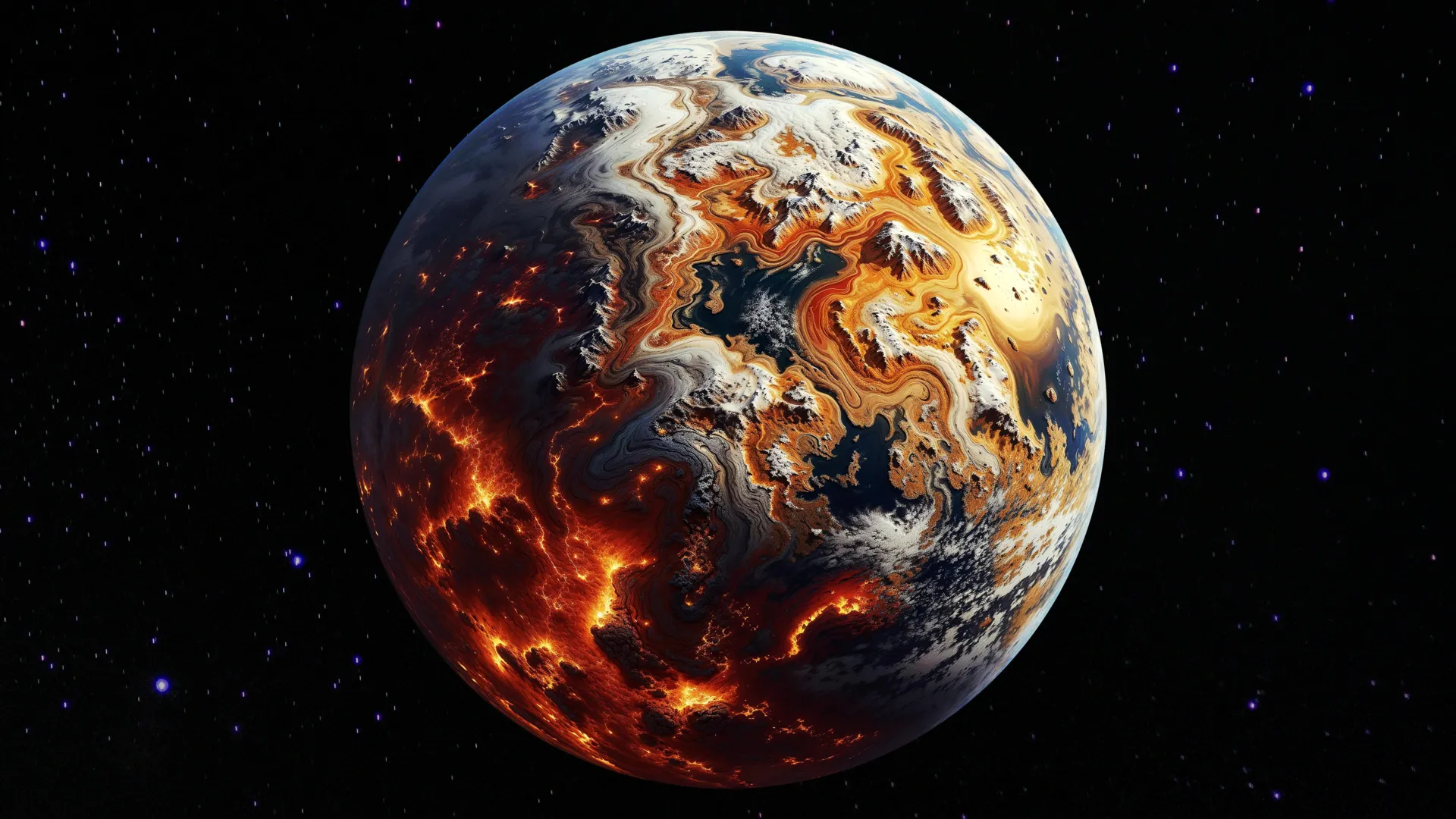![]()
The Hubble Ultra Deep Field is one of the most iconic space photos of all time, showing nearly 10,000 galaxies of diverse ages, sizes, shapes, and colors in a single frame. The James Webb Space Telescope (JWST) revisited the same region of the sky, capturing its longest exposure of an extragalactic field with a single filter yet and revealing one of the deepest views ever of the ancient Universe.
The captured field, known as the MIRI Deep Imaging Survey (MIDIS) region, was observed using three of the shortest-wavelength filters available on Webb’s Mid-Infrared Instrument (MIRI) for almost 100 total hours. The captured information was combined with data collected by Webb’s other primary imager, the Near-Infrared Camera (NIRCam). By combining the data, astronomers and astrophysicists can study how galaxies formed and changed over billions of years, as the European Space Agency (ESA) explains.
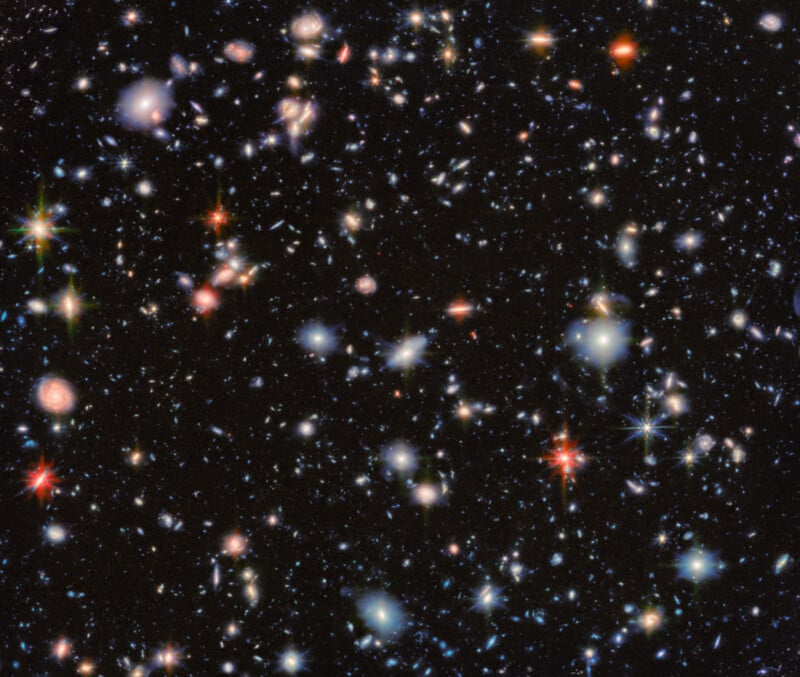
Webb’s view of the MIDIS region is narrower than Hubble’s original Ultra Deep Field. However, thanks to Webb’s extreme sensitivity, its deep observations managed to reveal more than 2,500 light sources, including “hundreds of extremely red galaxies.”
An “extremely red galaxy” in this instance is a dust-obscured system or galaxy with “mature stars that formed early in the Universe’s history.”
“Thanks to Webb’s sharp resolution, even at mid-infrared wavelengths, researchers can resolve the structures of many of these galaxies and study how their light is distributed, shedding light on their growth and evolution,” ESA explains.
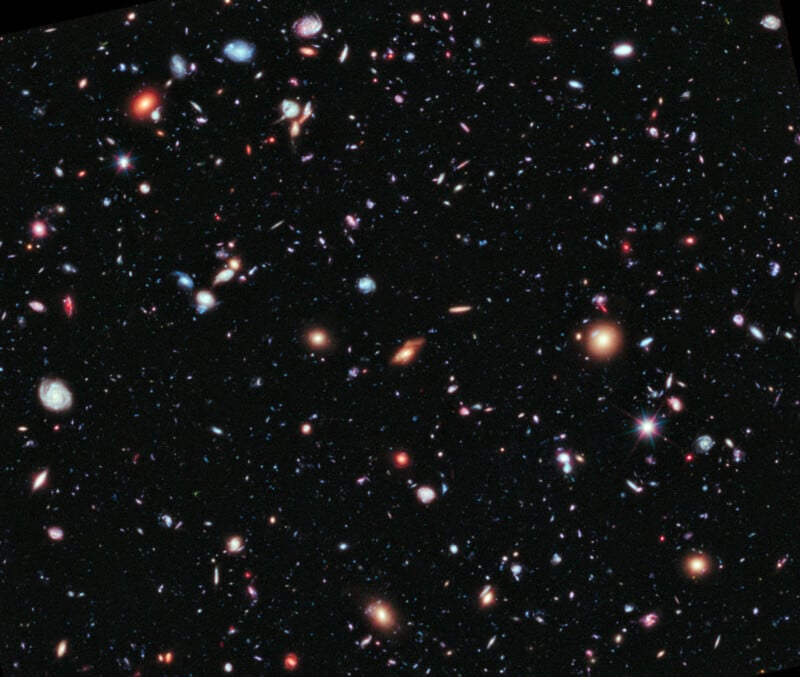
Expert image processors have assigned different kinds of infrared light with various colors, helping viewers understand more about each galaxy in the image. The orange and red galaxies were captured at the longest mid-infrared wavelengths.
“The galaxies in these colors have extra features — such as high concentrations of dust, copious star formation, or an active galactic nucleus (AGN) at their center — which emit more of this farther infrared light,” ESA writes.
Meanwhile, the small greenish-white galaxies seen in Webb’s new image are actually the most distant. Although these extremely distant objects exhibit a high redshift, they are not shown as red in this new image. Their light spectra peak in mid-infrared wavelengths, “which are depicted in white and green.”
The majority of the galaxies in Webb’s new image lack any feature that boosts their mid-infrared emission, so they are brightest at shorter near-infrared wavelengths. These are shown as blue and cyan in the image.
“By returning to this legacy field first made famous by the NASA/ESA Hubble Space Telescope, Webb is continuing and expanding the deep field tradition — revealing new details, uncovering previously hidden galaxies, and offering fresh insights into the formation of the first cosmic structures,” ESA concludes.
Image credits: ESA/Webb, NASA & CSA, G. Östlin, P. G. Perez-Gonzalez, J. Melinder, the JADES Collaboration, the MIDIS collaboration, M. Zamani (ESA/Webb). Hubble Ultra Deep Field credits: NASA, ESA, G. Illingworth, D. Magee, and P. Oesch (University of California, Santa Cruz), R. Bouwens (Leiden University), and the HUDF09 Team.
The new JWST research of the MIDIS region is detailed in the research paper ‘MIRI Deep Imaging Survey (MIDIS) of the Hubble Ultra Deep Field‘ by Göran Östlin et. al., published in ‘Astronomy and Astrophysics.’
Source link
